A Robotic Tattoo Machine
Blackdot says their device is more comfortable and does better work
An Austin-based startup called Blackdot has developed a robotic tattooing machine.
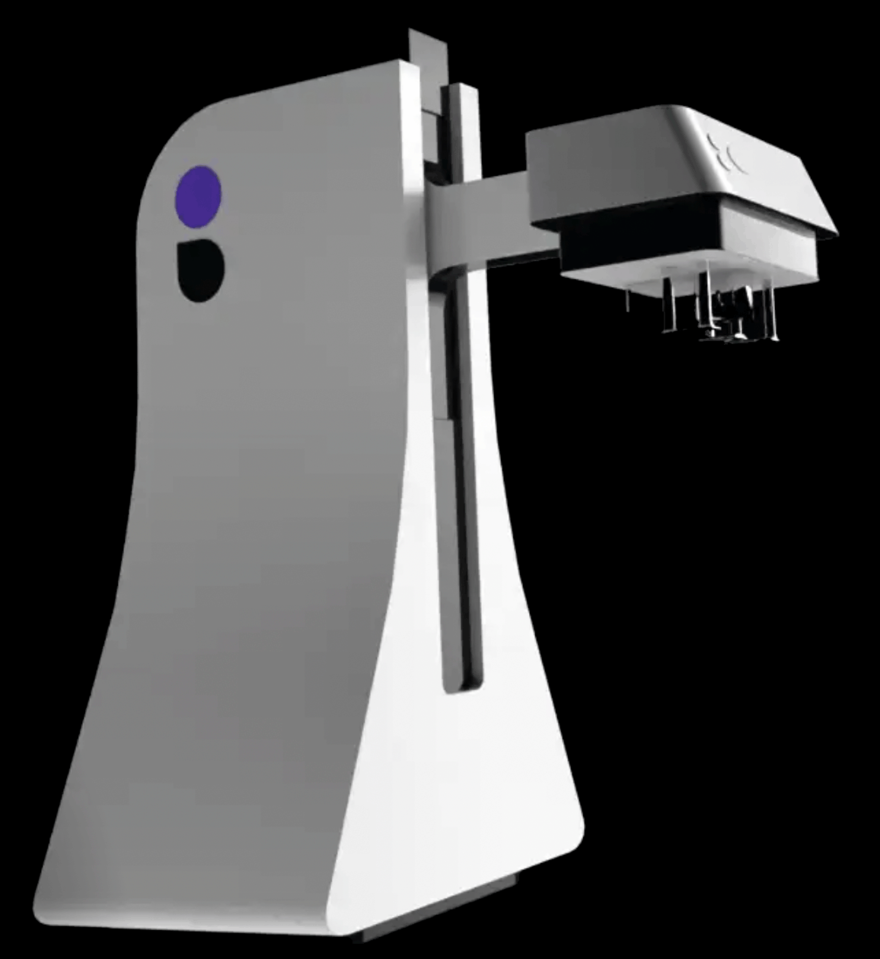
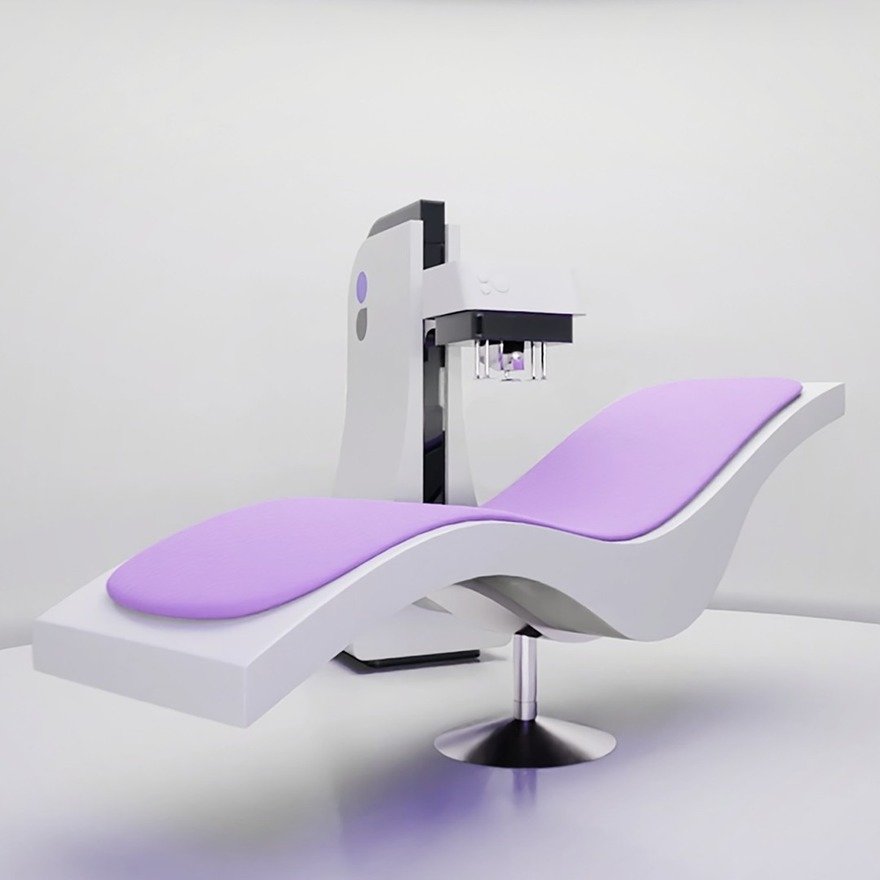
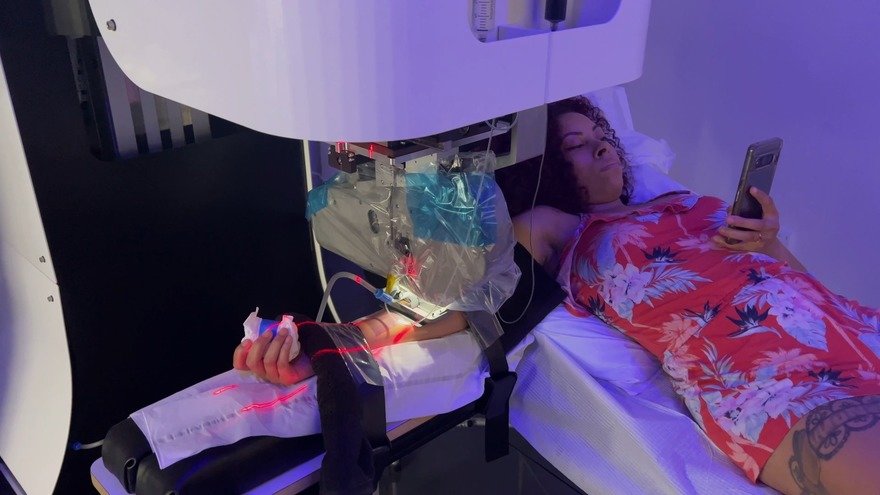
The device was created with the help of Yan Azdoud, a medical device engineer with expertise in "hyper-elastic surfaces," and its surgical precision has a startling payoff: Because its tattooing process only penetrates as deeply as necessary, the company claims that it's more comfortable to undergo and has never caused bleeding nor scarring in the 90-plus people who volunteered as guinea pigs.
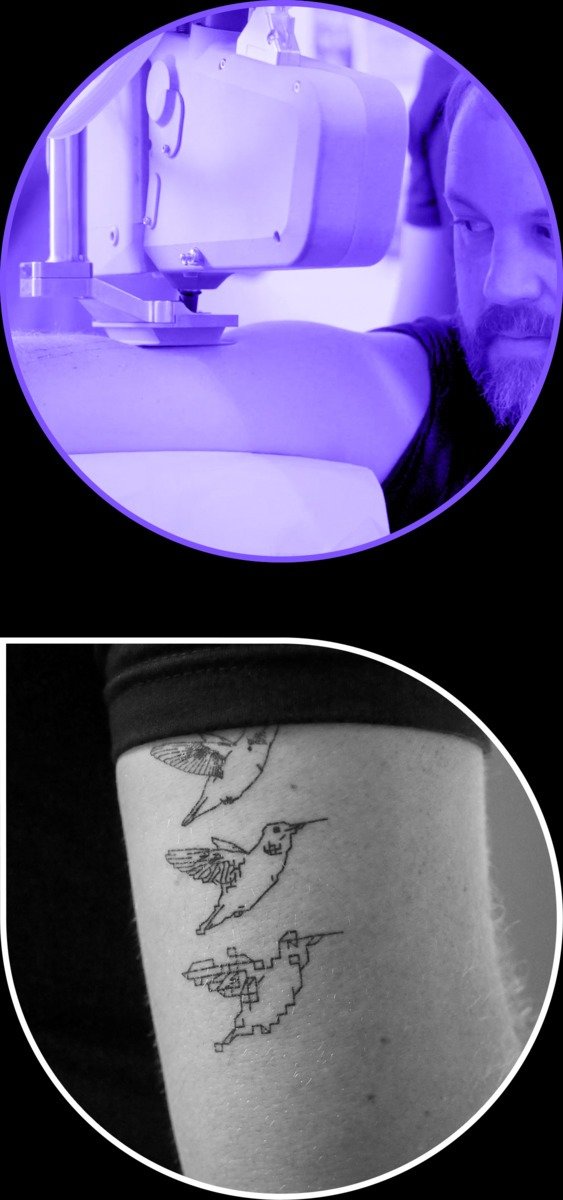
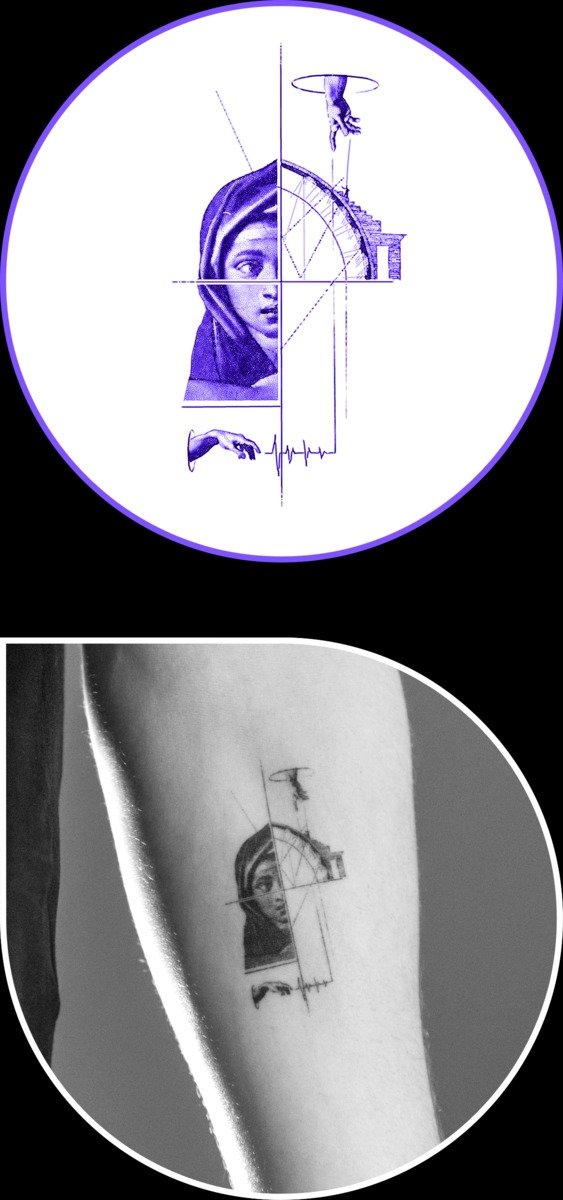
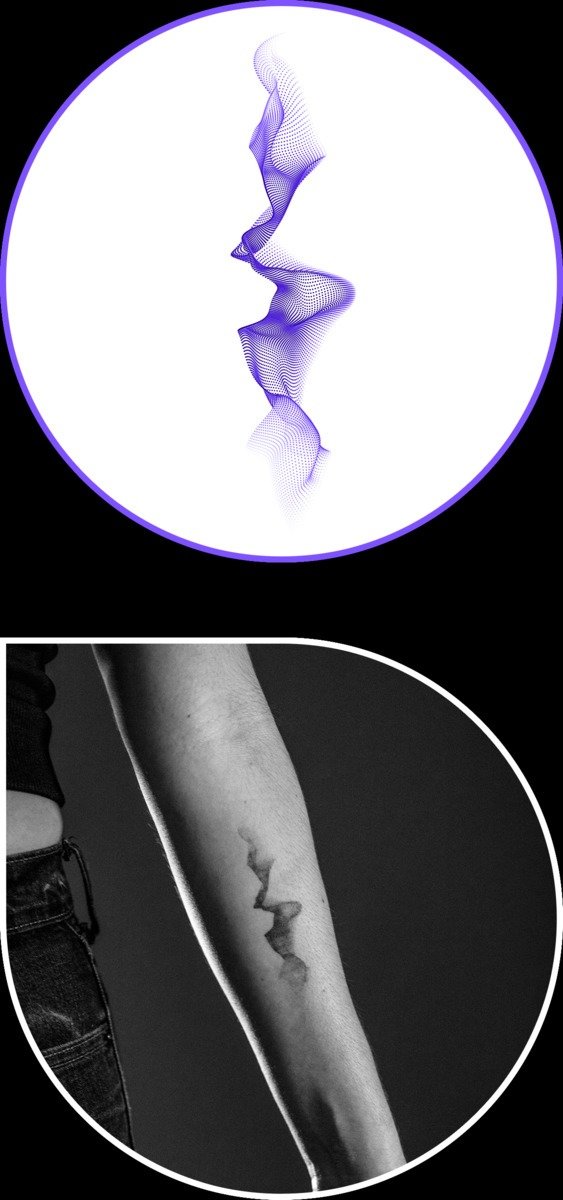
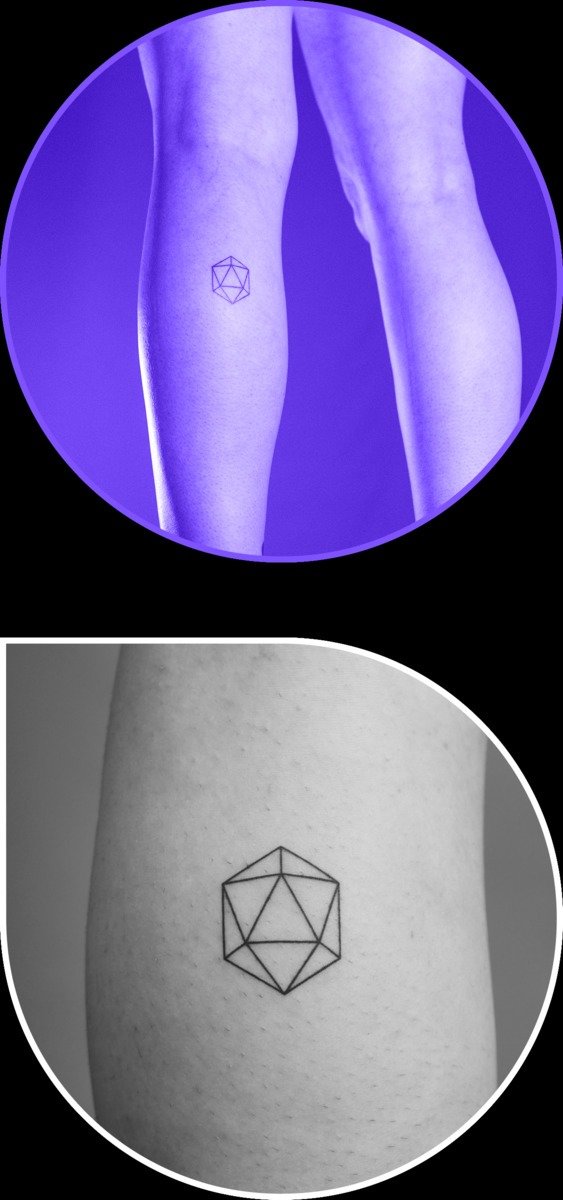
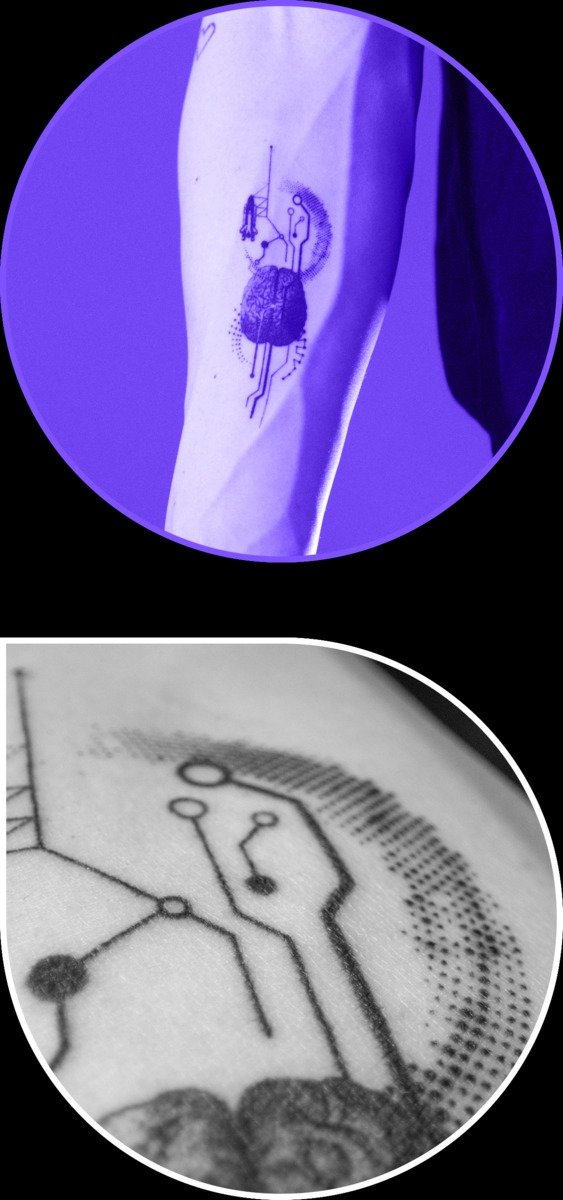

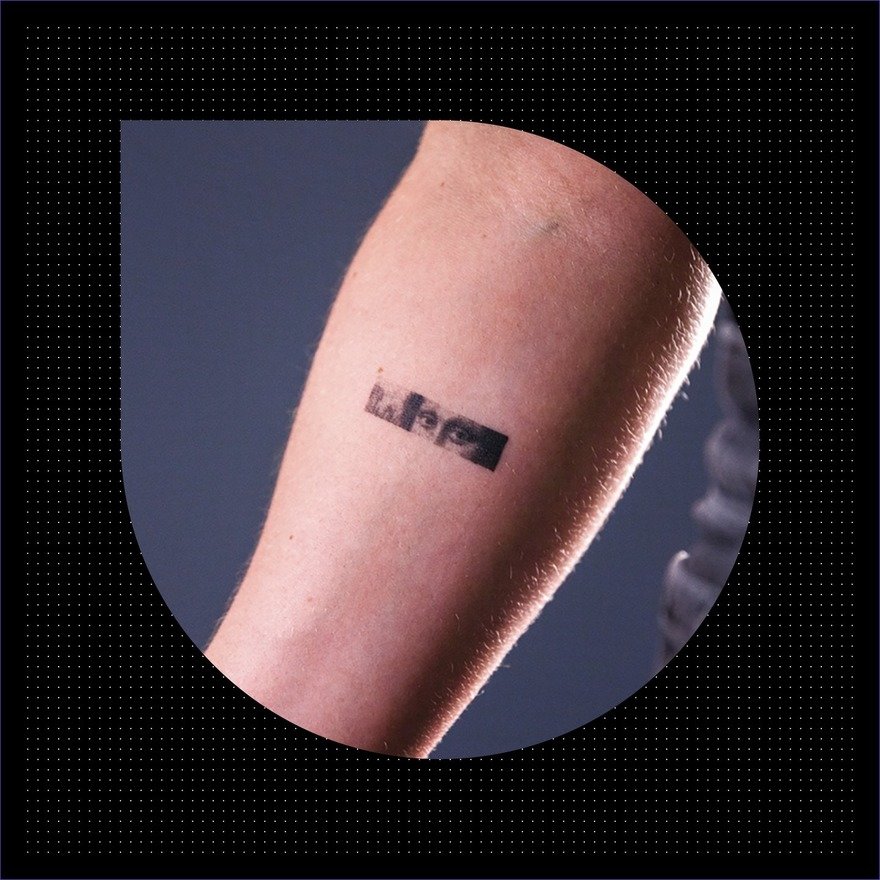
"Blackdot's patented technology is engineered to tattoo swiftly, predictably and with minimal discomfort for stunning tattoos that will spark conversation," the company writes. "Experience a new degree of quality and a new industry standard."
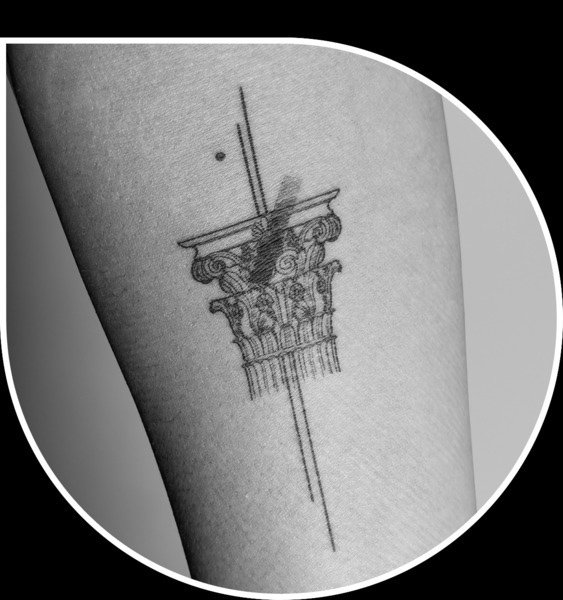
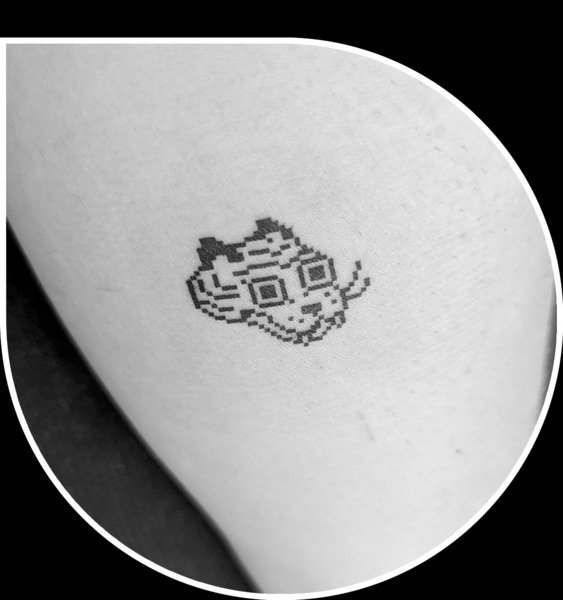
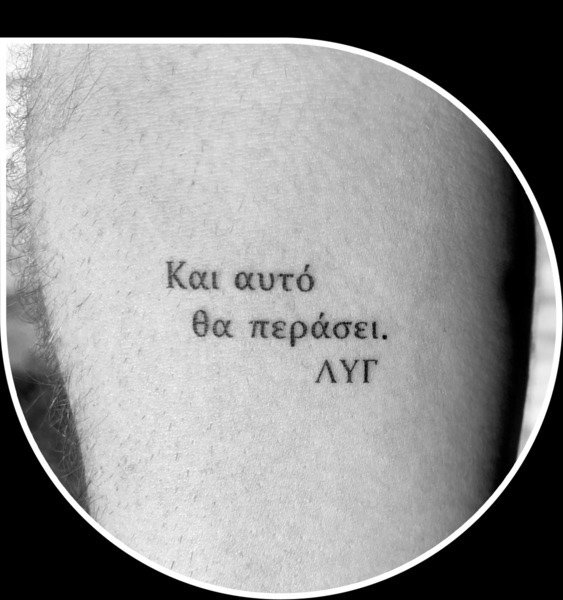
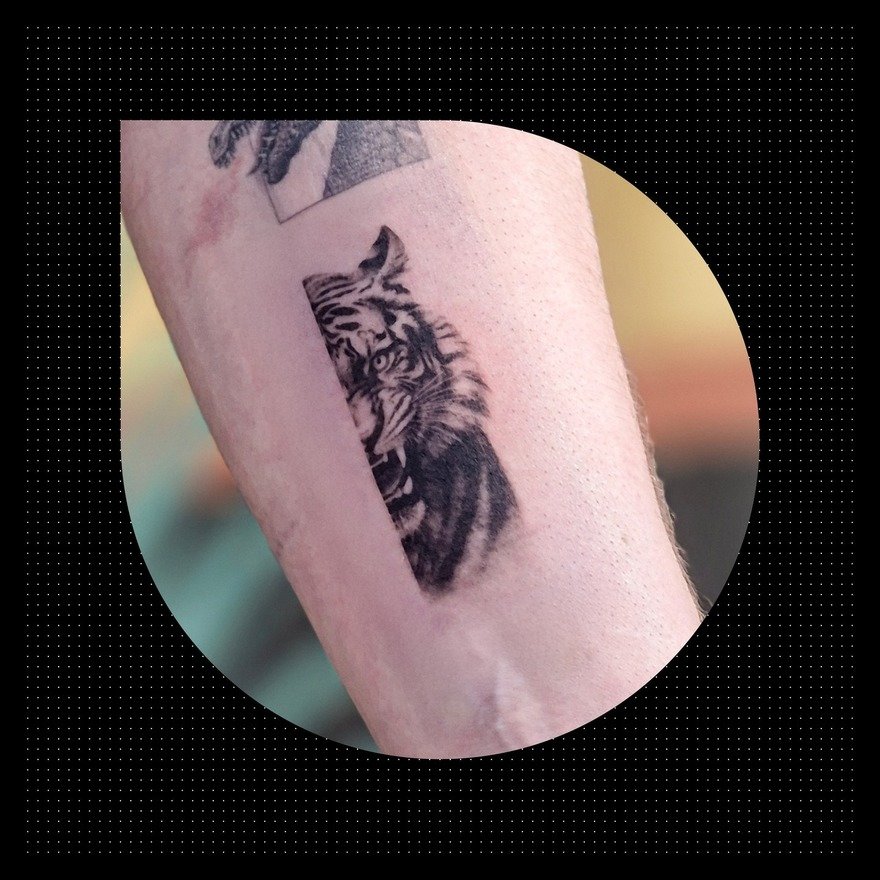
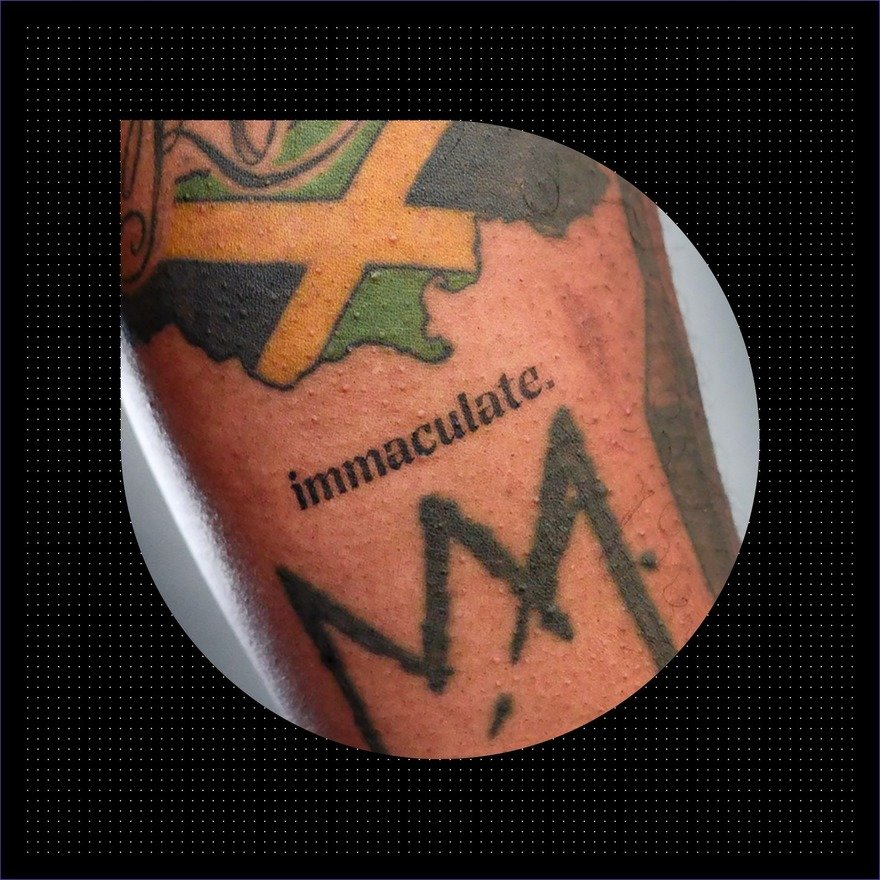
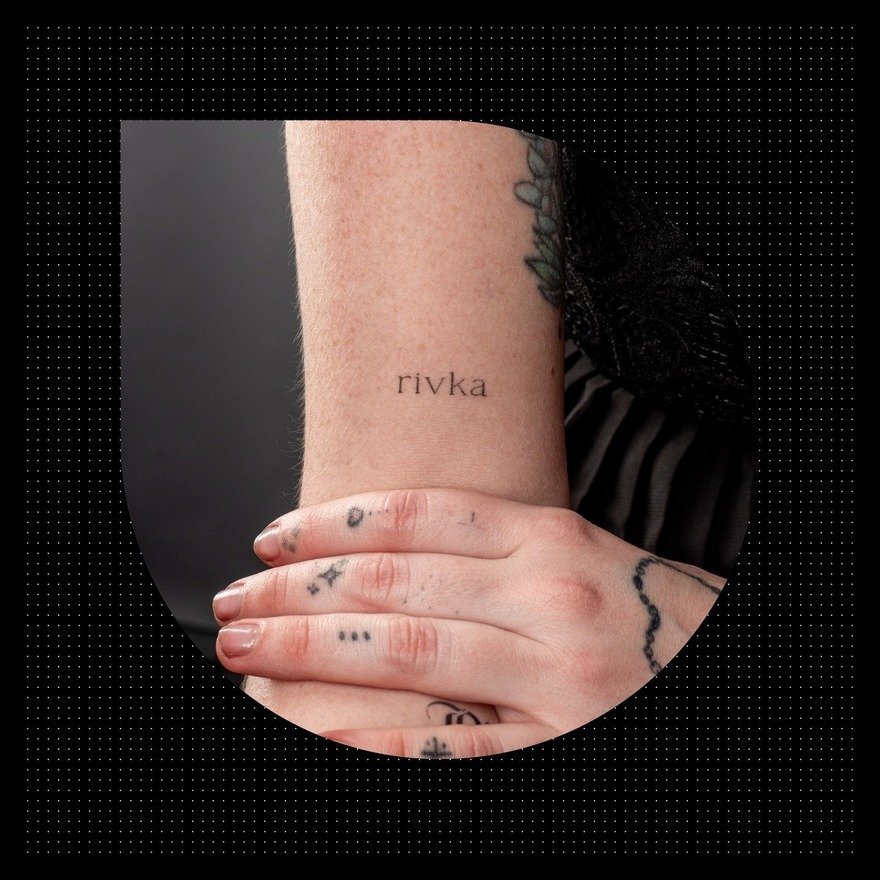
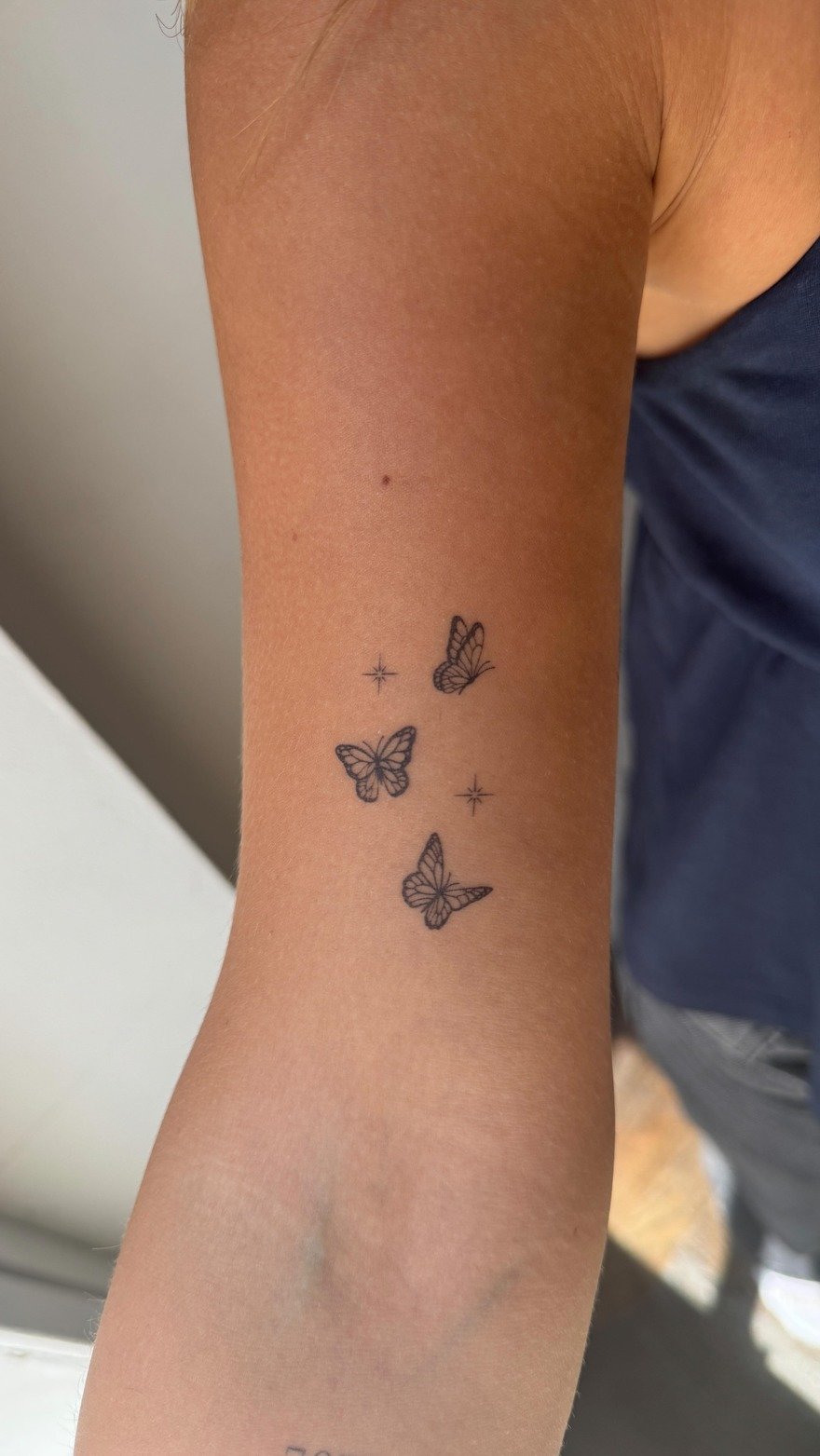
Rather than replacing human tattoo artists, the company's intent is to allow them to license their work: The company is setting up an arrangement where the tattoo artist creates the design, the machine does the work at a Blackdot studio, and the tattoo artist gets a cut.
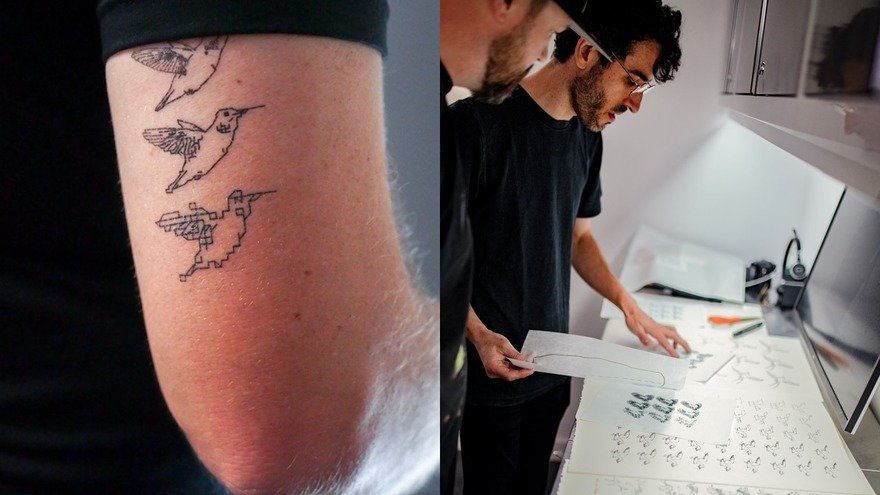
Blackdot has announced plans to have their machines in 40 locations, but currently they've got just one machine in operation, in residence at New York City's Bang Bang Tattoo. (Bang Bang has renamed the machine AERO, for Artist Enabled Robotic Operator.)
If you want to see what the process looks like, here it is:
-
o1Favorite This
-
Q3Comment
K
{Welcome
Create a Core77 Account
Already have an account? Sign In
By creating a Core77 account you confirm that you accept the Terms of Use
K
Reset Password
Please enter your email and we will send an email to reset your password.


Comments
How does it work on bone? How does it handle darker skin textures? Will
tattoo artists be expected to match the "quality" of this until all
tattoos are either printed with one of these at Clair's by a bored
technician or several thousand dollars by the few remaining
professionals? Yet another piece of tech solving a "problem" that didn't
exist.
(by "on bone" I mean parts of the body where the bone is very shallow under the skin)
Exciting! Now the real questions: what are its limitations? How big can it go? How broadly flat a surface does it need. For instance, can it wrap around an arm or is it limited to just 2-3 inches before it would fall off the edge of the plane it started on?